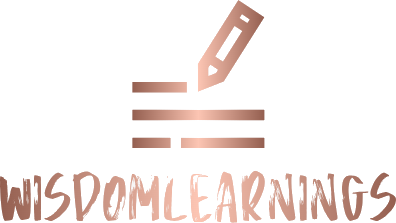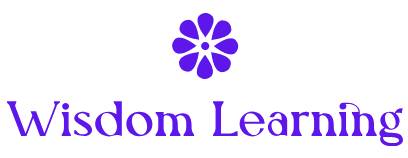Table of Contents
Language tools play a crucial role in facilitating communication, translation, and language learning in an increasingly interconnected world. This article explores the diverse range of language tools available today, their applications, benefits, and the impact they have on global communication and education.
Introduction to Language Tools
Language tools encompass a variety of software applications, platforms, and resources designed to assist users in understanding, translating, and mastering languages. From basic dictionaries and grammar checkers to advanced translation software and language learning apps, these tools cater to different linguistic needs and proficiency levels.

Types of Language Tools
1. Translation Software: Translation tools like Google Translate, DeepL, and Microsoft Translator use machine learning algorithms to translate text, speech, and even images between multiple languages in real-time, facilitating cross-cultural communication and global business interactions.
2. Language Learning Apps: Apps such as Duolingo, Rosetta Stone, and Babbel provide interactive lessons, quizzes, and exercises to help users learn new languages or improve their language skills through gamified learning experiences.
3. Grammar Checkers: Tools like Grammarly and Hemingway Editor assist users in writing clear, grammatically correct sentences by identifying errors, suggesting corrections, and enhancing readability.
4. Voice Recognition Software: Speech-to-text and text-to-speech technologies, such as Siri, Alexa, and dictation tools, enable hands-free communication and language practice, supporting accessibility and language learning for diverse user groups.
Applications in Global Communication
1. Business and Diplomacy: Language tools facilitate multilingual communication in international business negotiations, diplomatic meetings, and cross-border collaborations, ensuring clarity and accuracy in communication.
2. Travel and Tourism: Travelers use language apps and translation tools to navigate foreign languages, interact with locals, and access essential information like directions, menus, and cultural insights during their journeys.

Benefits of Language Tools
1. Accessibility: Language tools break down language barriers, making information accessible to individuals who speak different languages and promoting inclusivity in education, employment, and public services.
2. Efficiency and Accuracy: Automated translation and grammar checking enhance the speed and accuracy of communication, reducing language-related misunderstandings and improving productivity in professional and academic settings.
Challenges and Limitations
1. Contextual Understanding: Machine translation may struggle with idiomatic expressions, cultural nuances, and context-specific meanings that require human interpretation and linguistic expertise.
2. Privacy and Security: Concerns about data privacy arise when using cloud-based language tools that store and process sensitive information, prompting the need for secure, GDPR-compliant solutions.

Future Trends in Language Tools
1. AI and Natural Language Processing: Advances in AI and machine learning are expected to enhance the capabilities of language tools, improving translation accuracy, contextual understanding, and personalized language learning experiences.
2. Multimodal Integration: Integration of voice, text, and image recognition technologies will enable more comprehensive language tools capable of interpreting and translating diverse forms of communication across digital platforms.
Conclusion
Language tools are indispensable assets in today’s globalized society, empowering individuals, businesses, and educators to communicate effectively, learn languages efficiently, and bridge cultural divides. As technology evolves and linguistic needs diversify, the continued development and adoption of language tools will play a pivotal role in promoting multilingualism, enhancing global communication, and fostering mutual understanding across borders.


